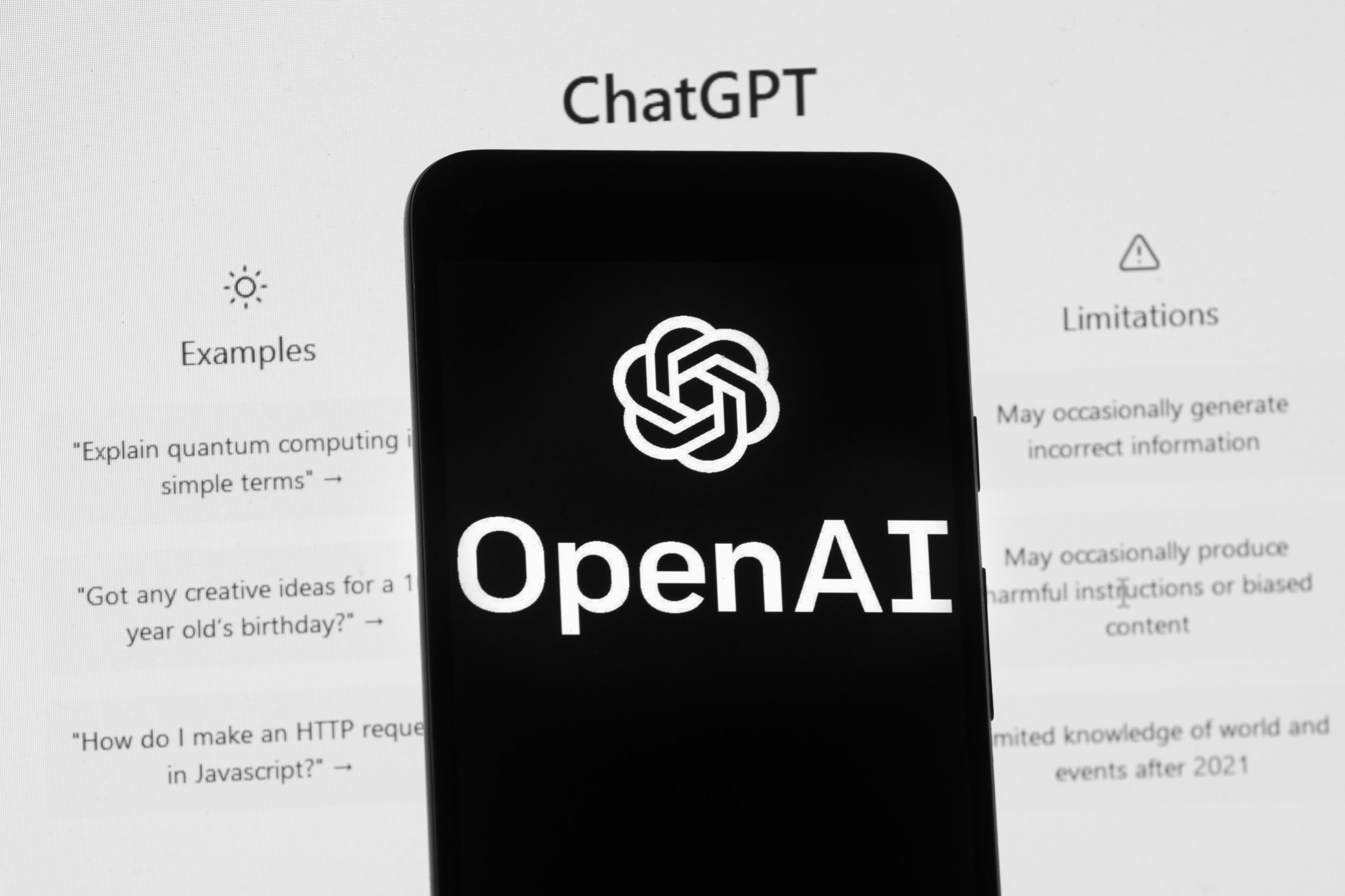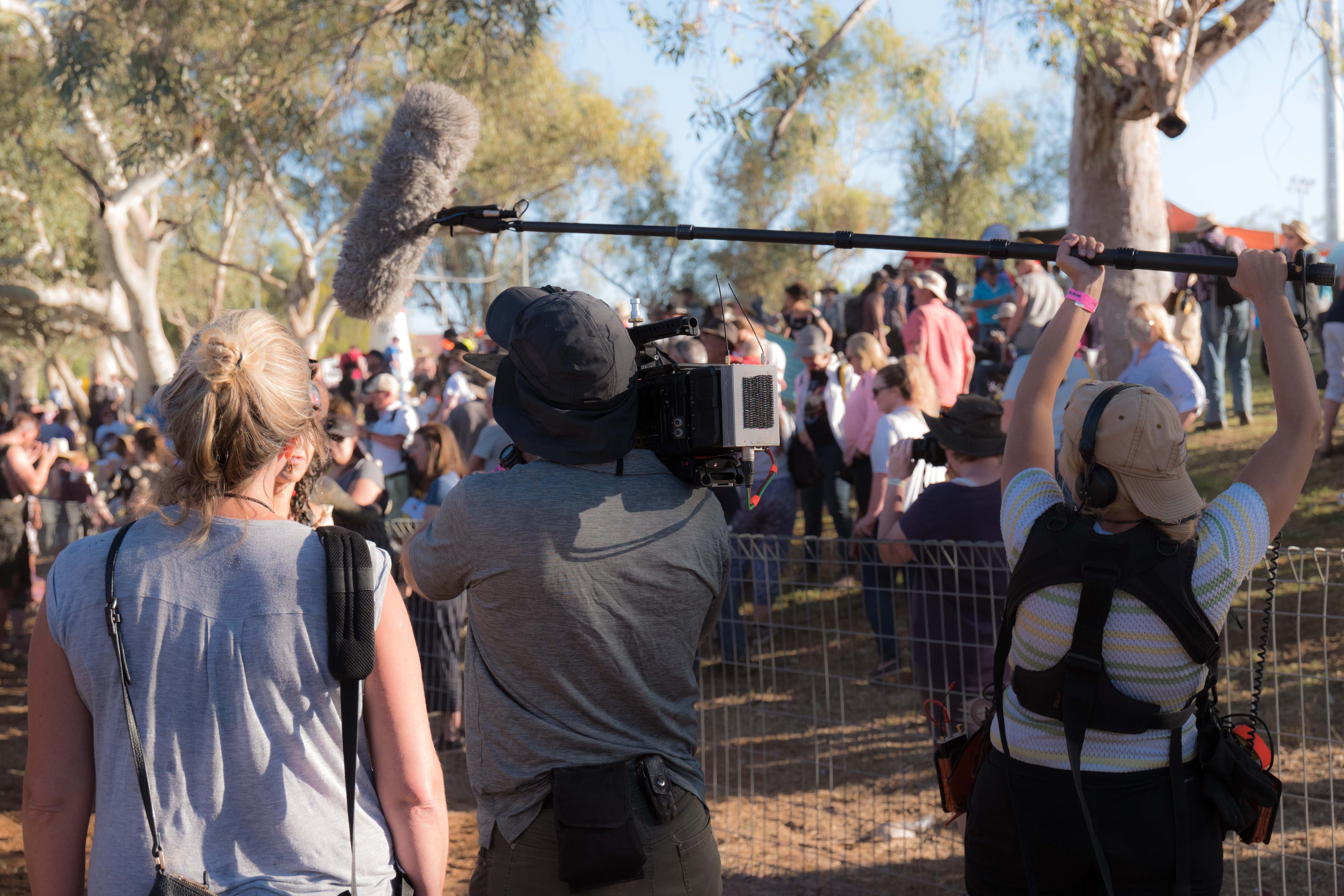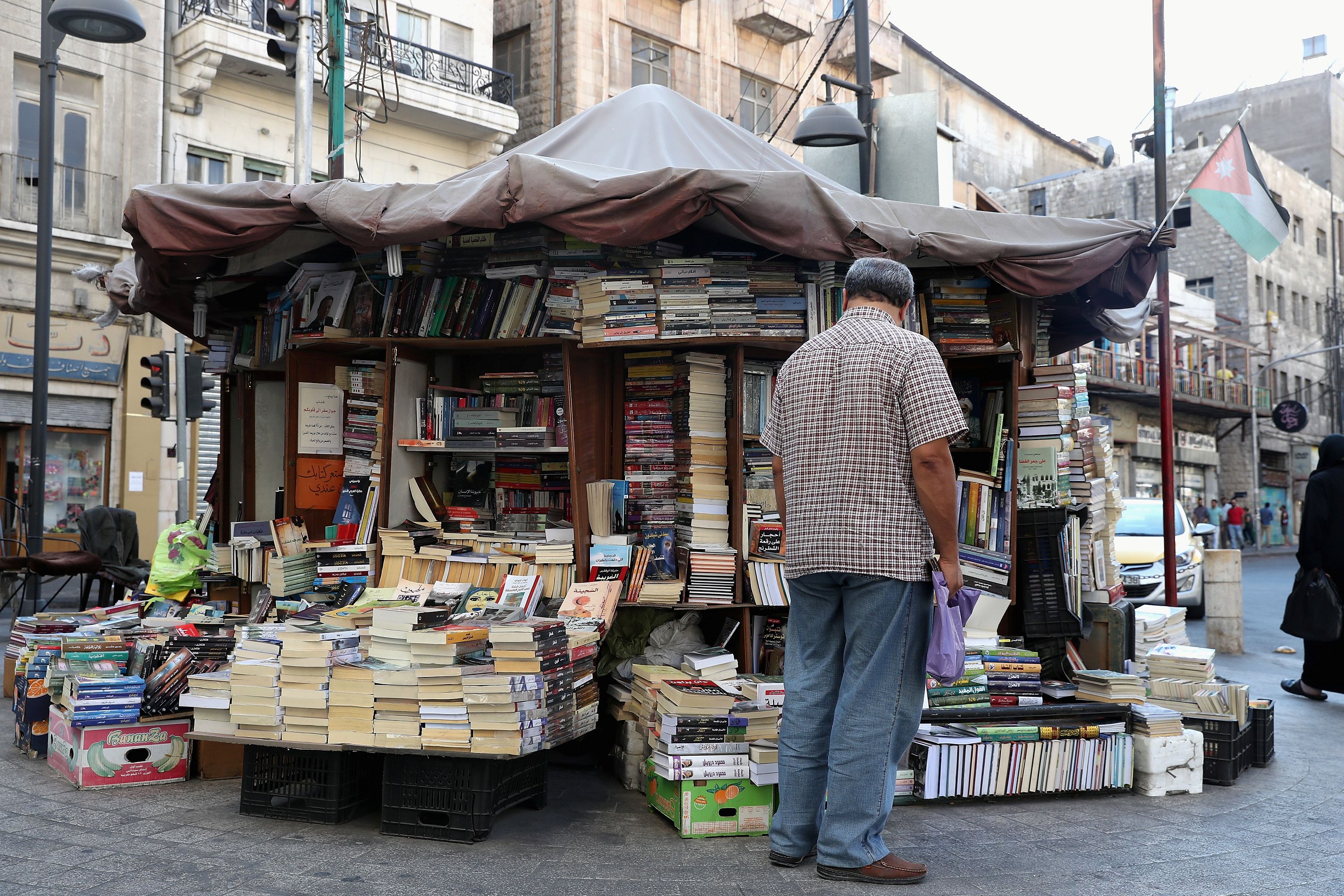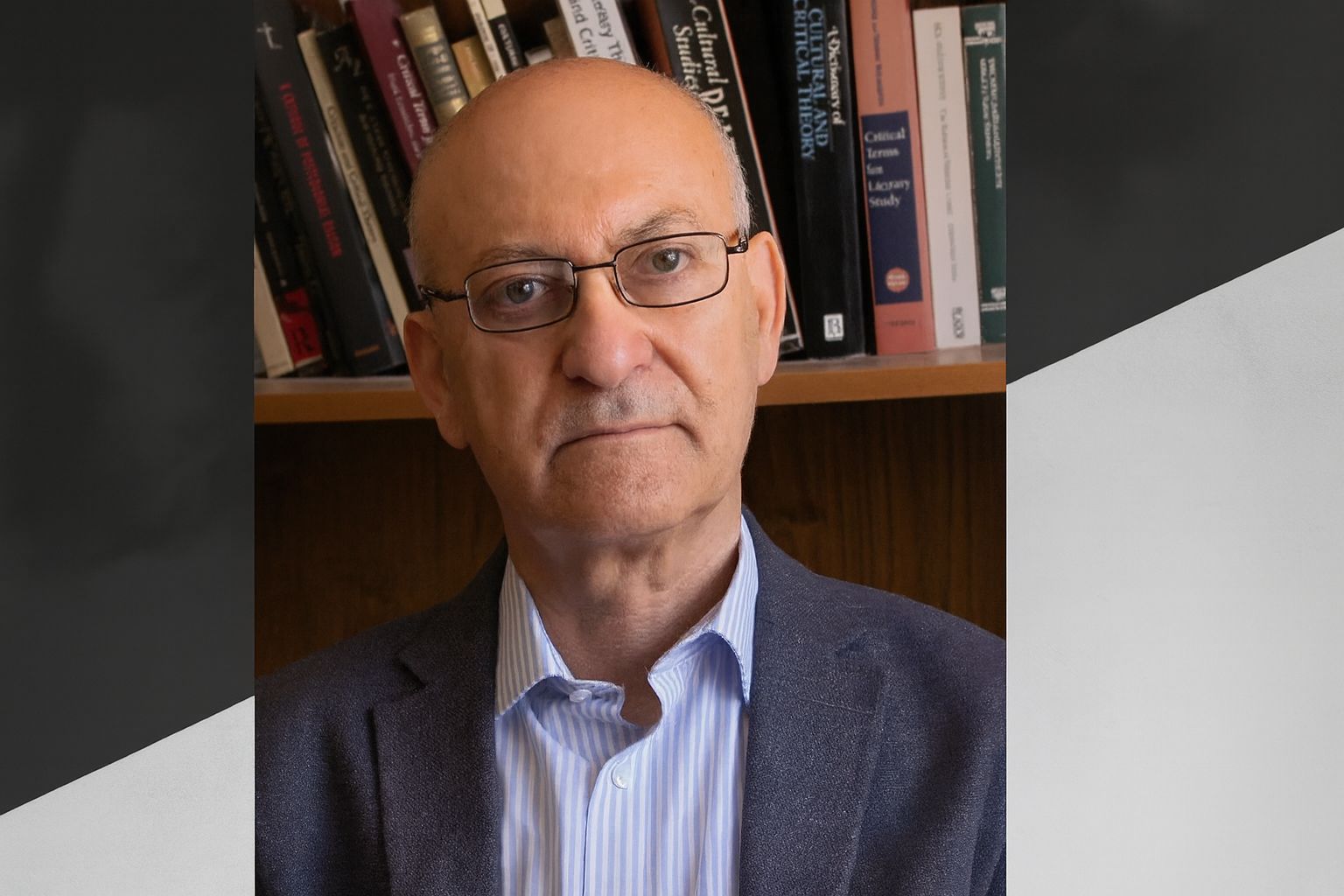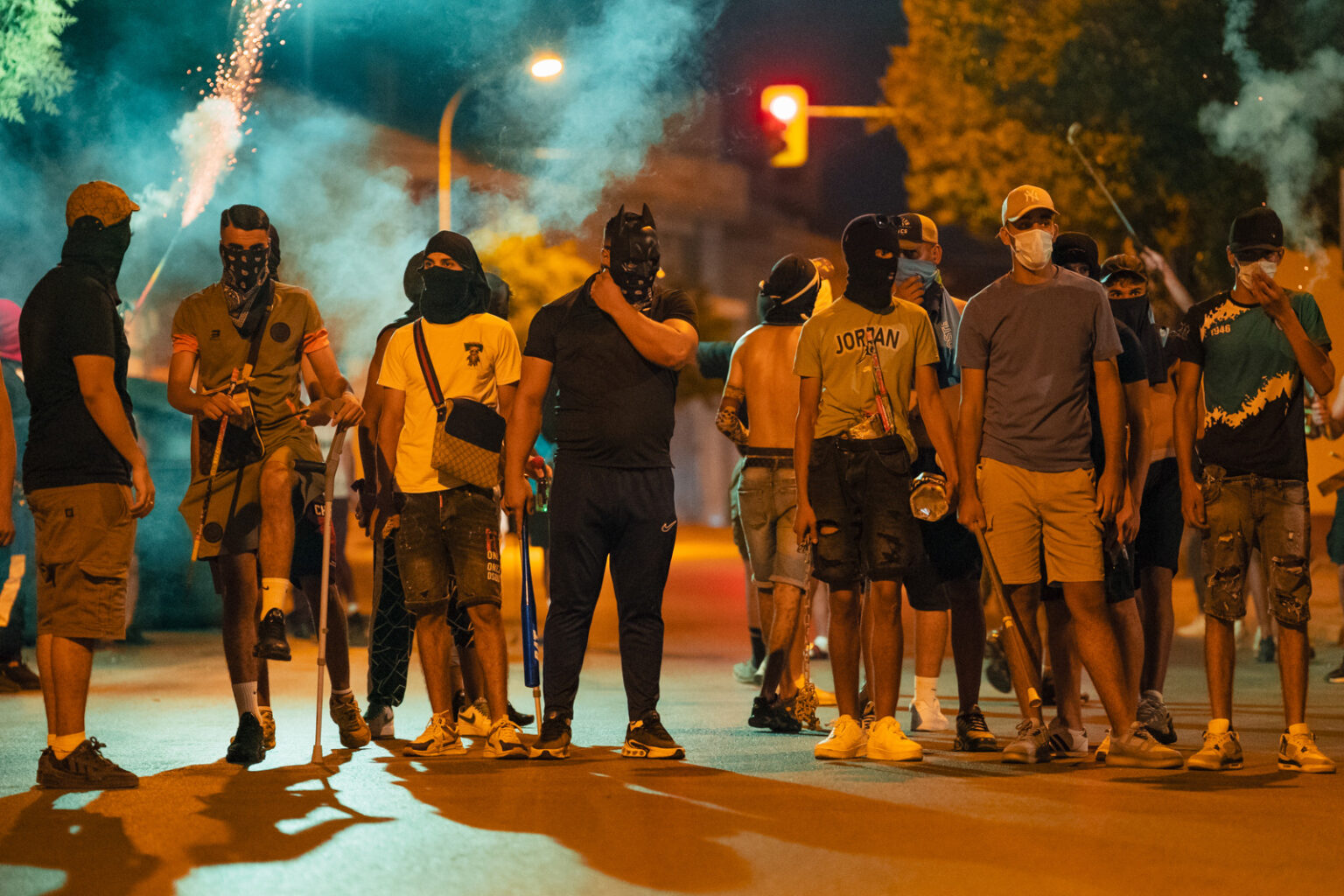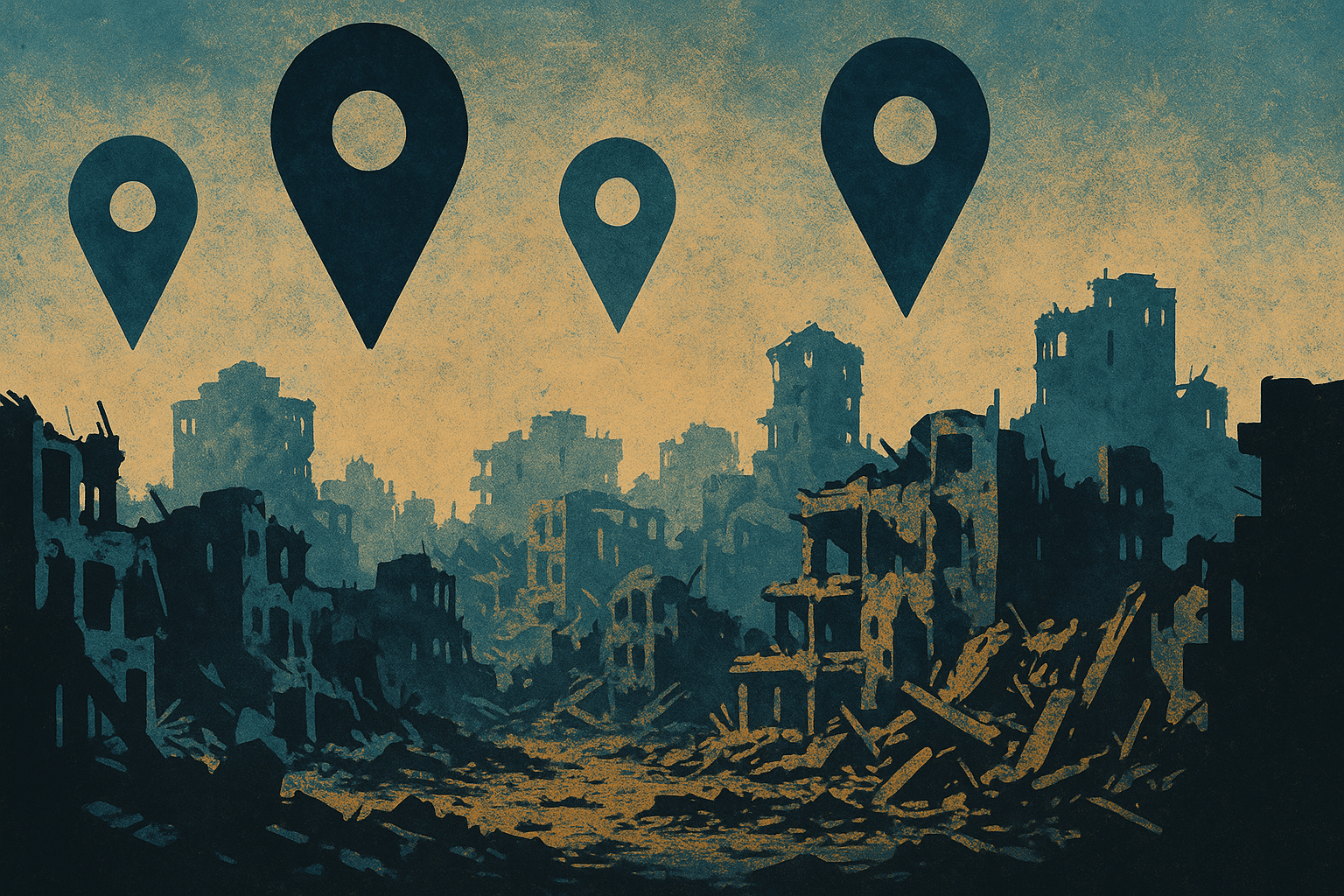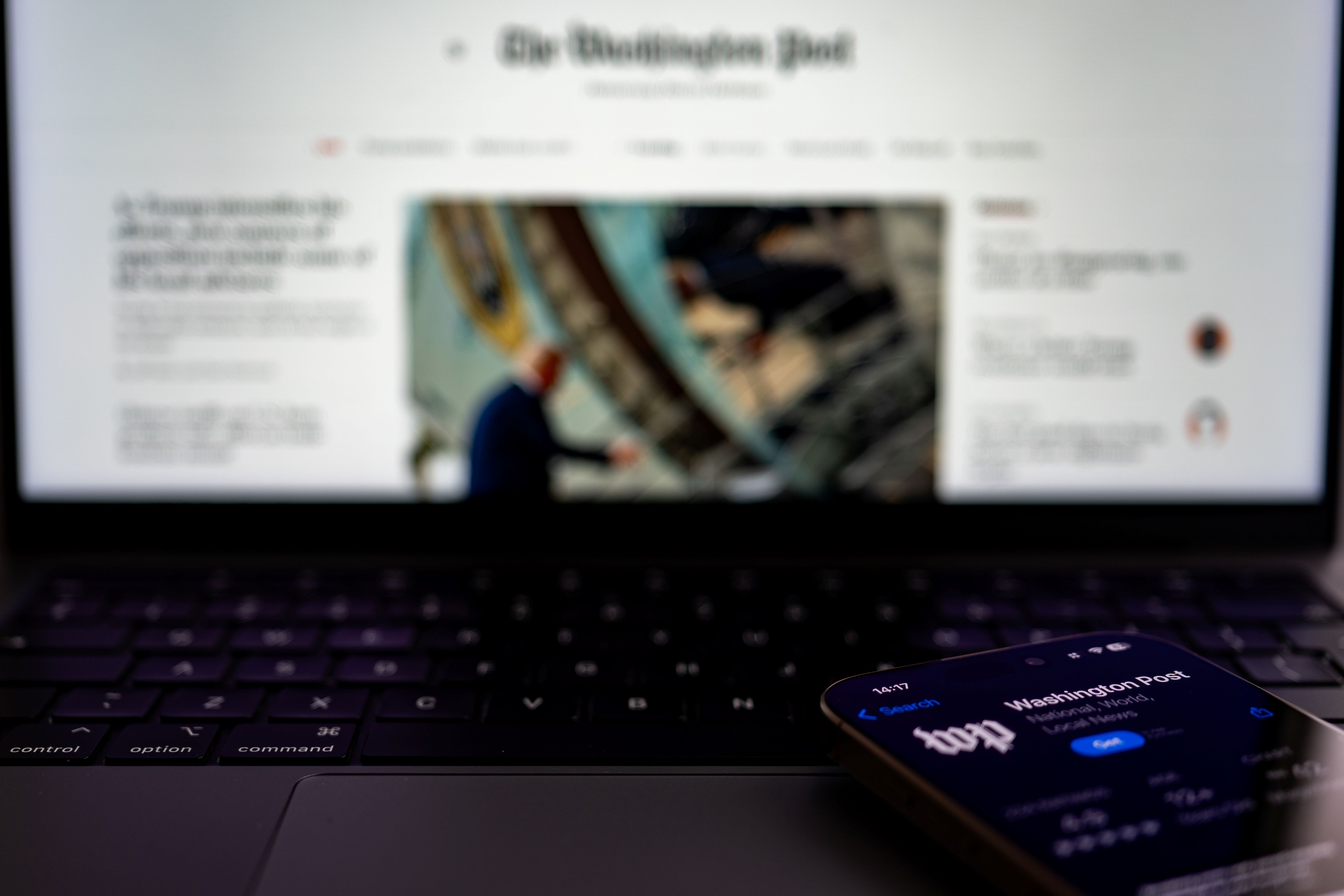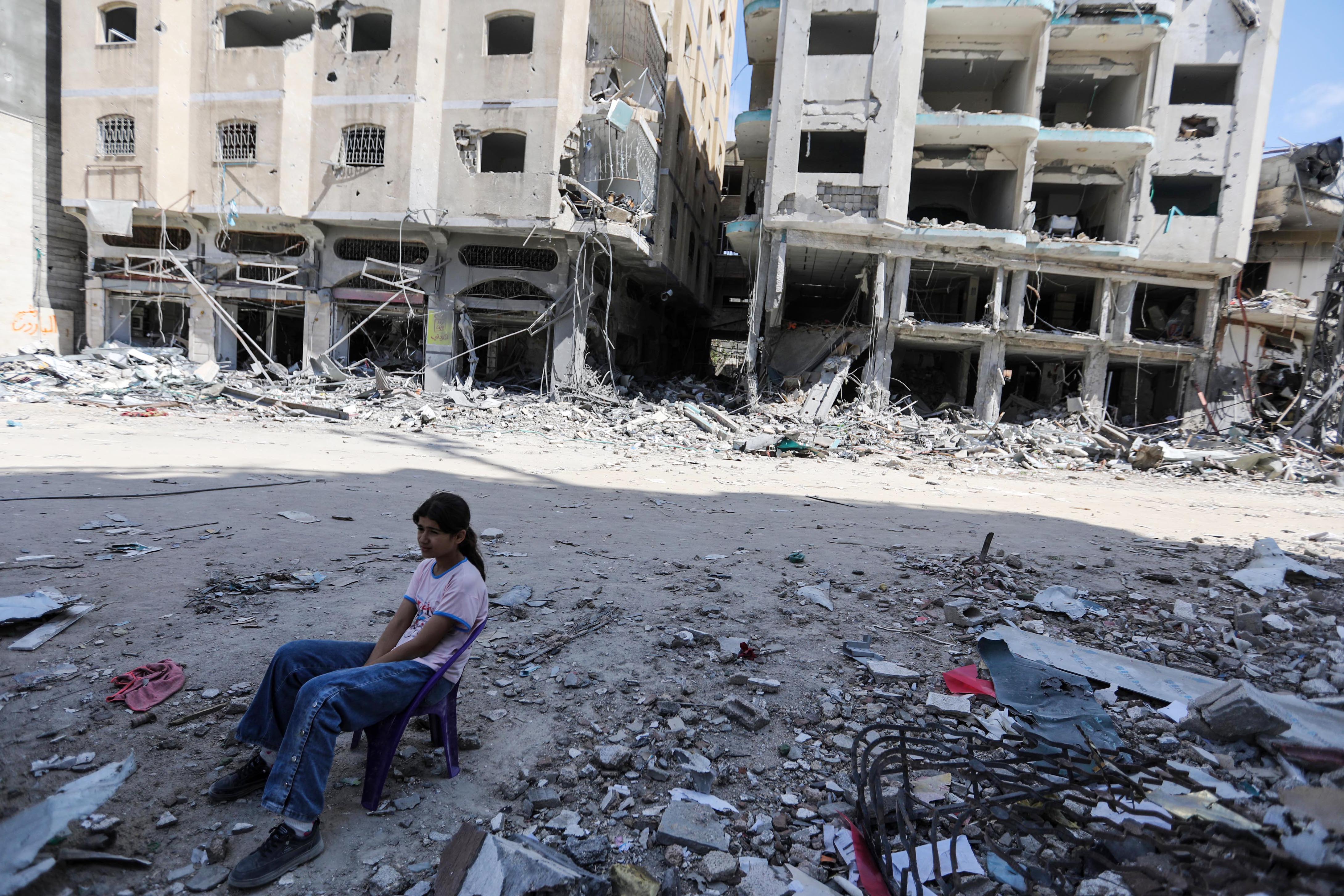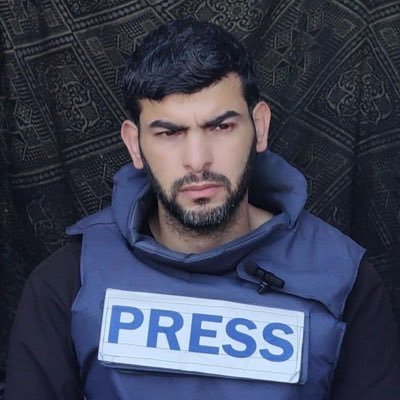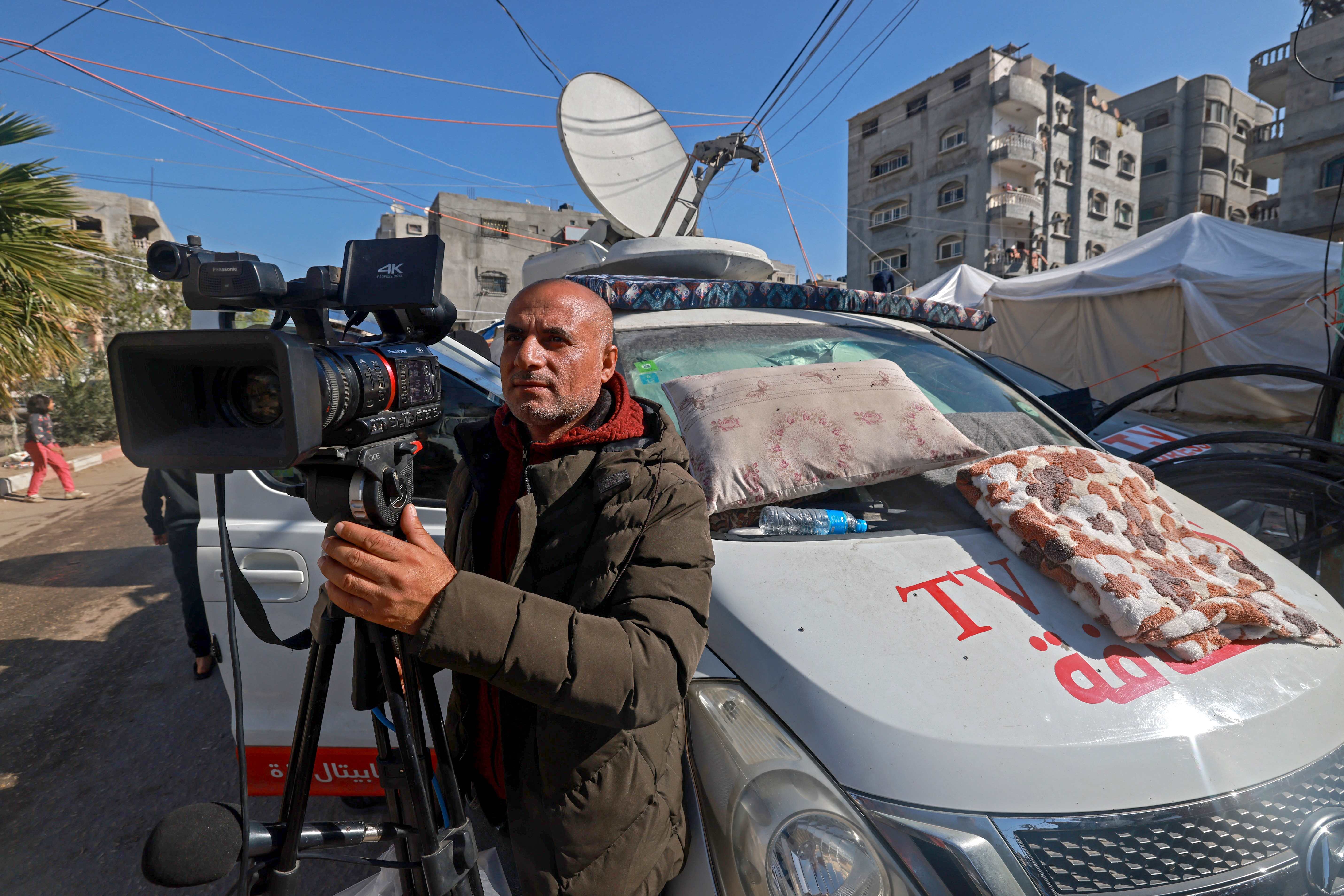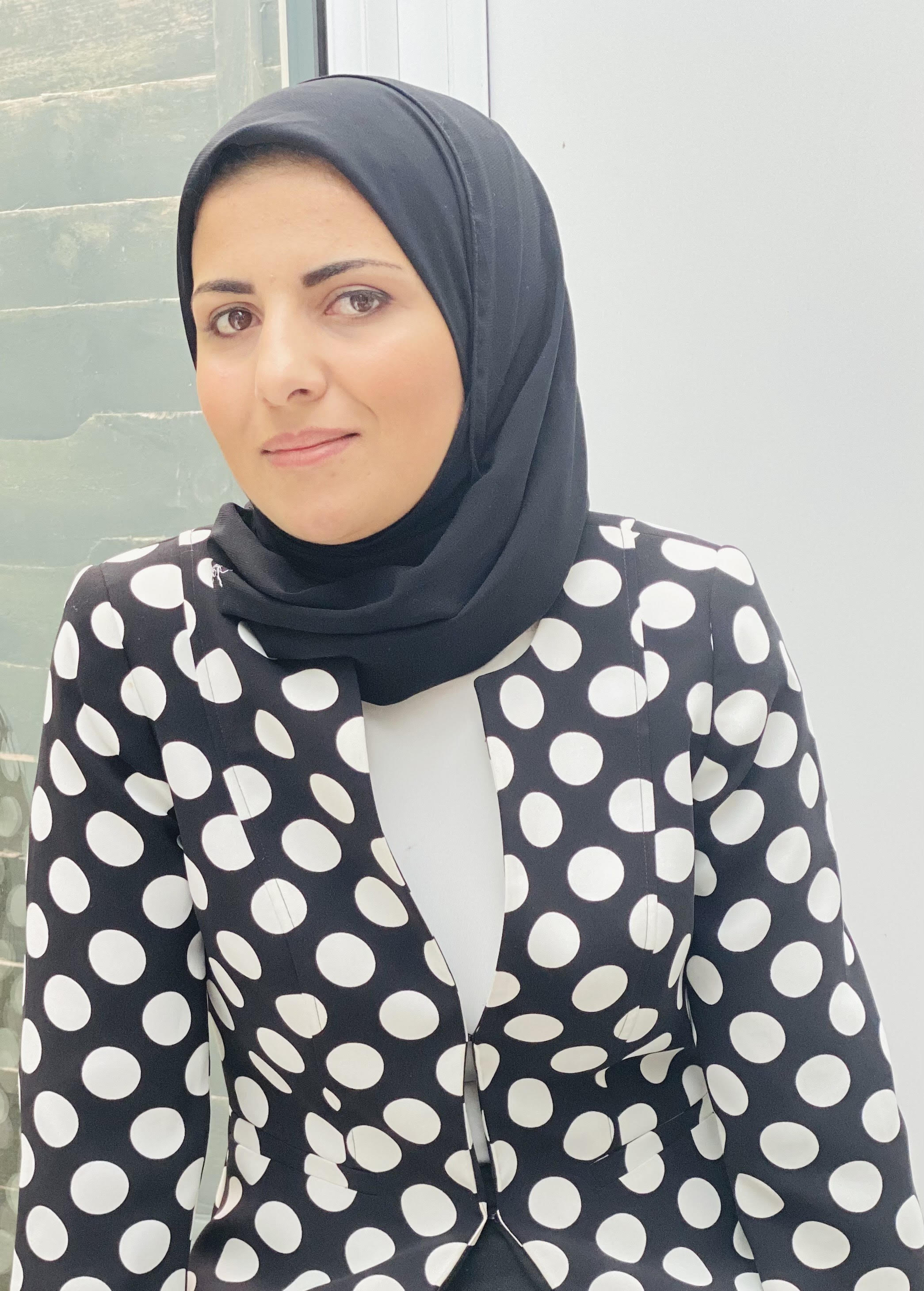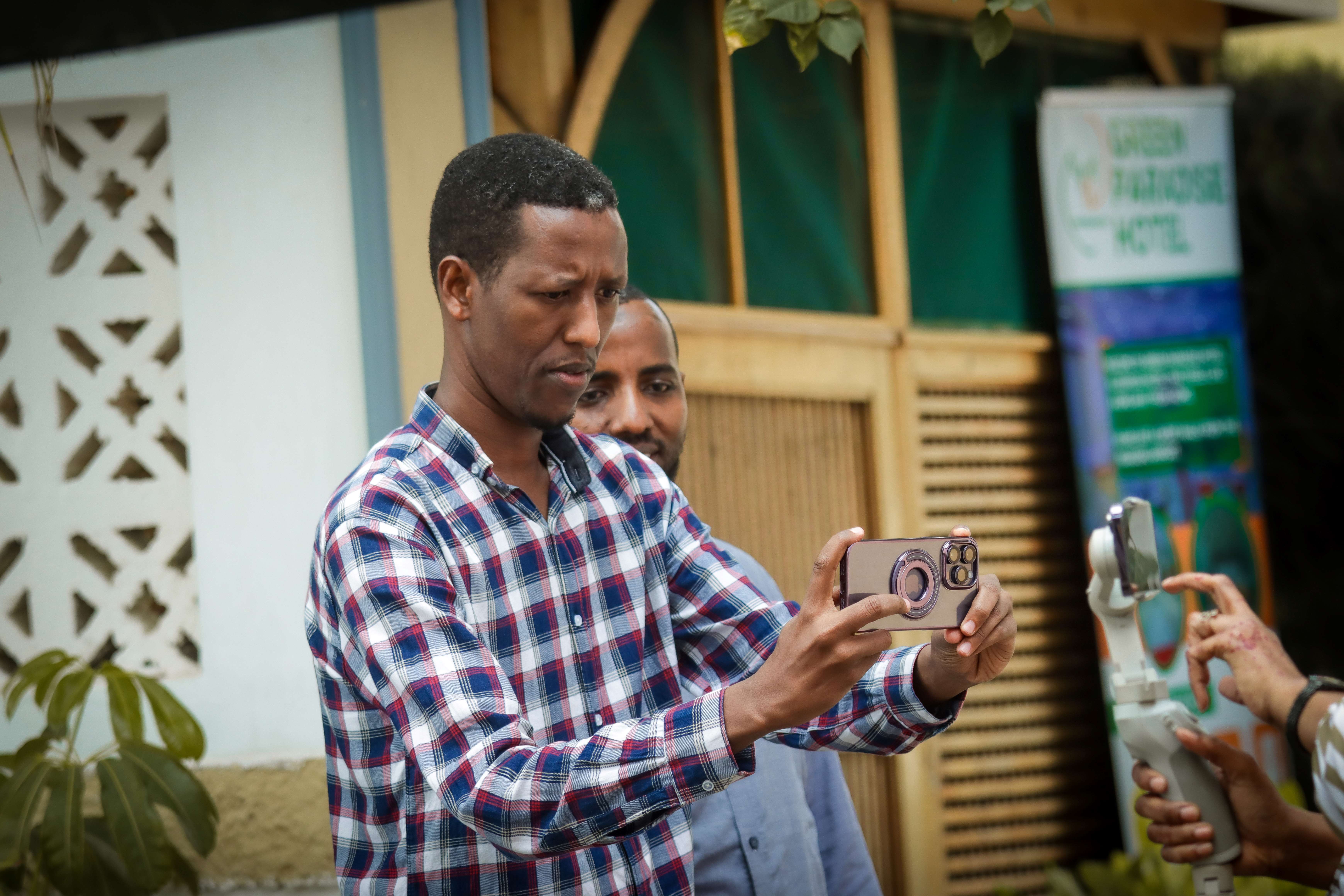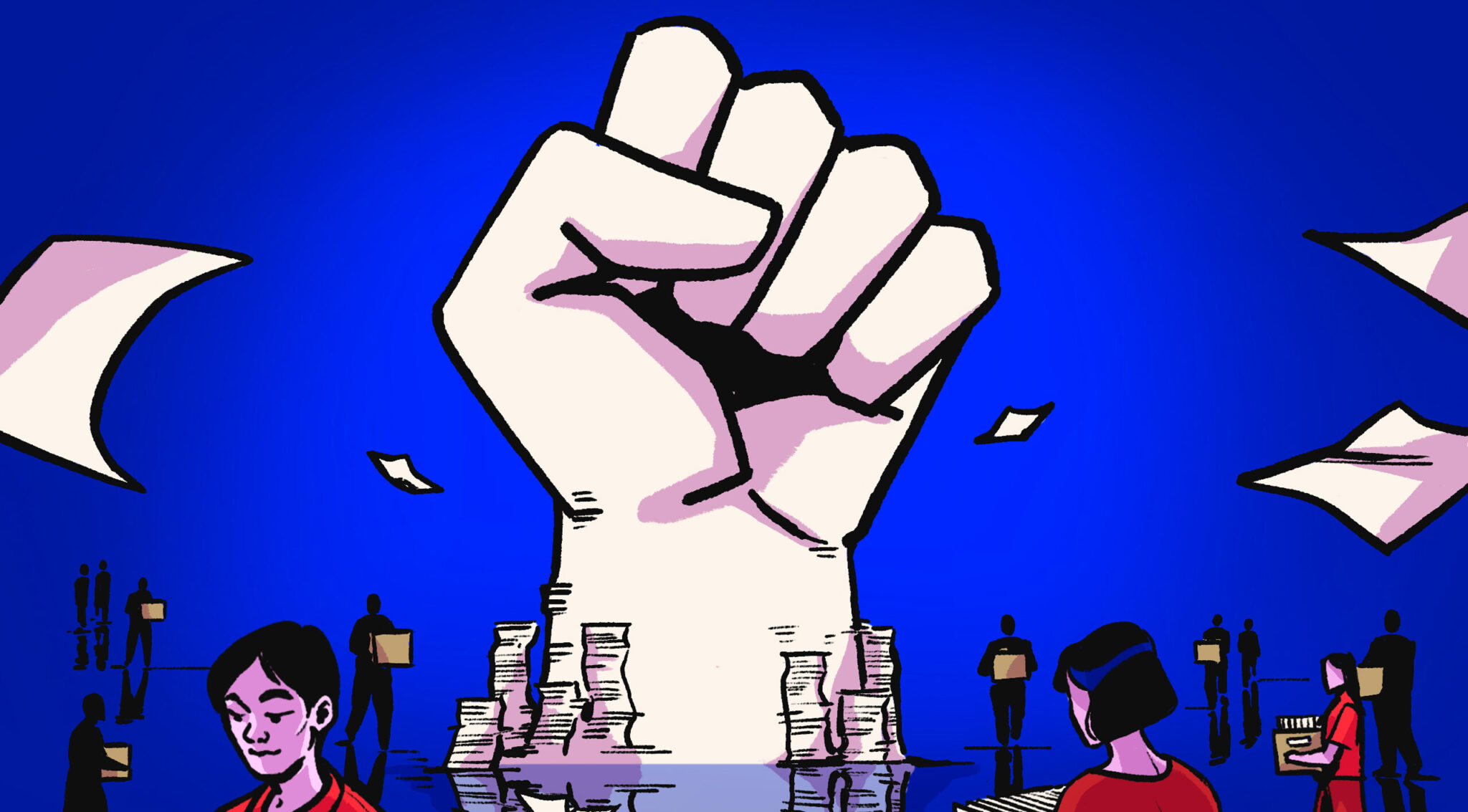Can artificial intelligence tools help promote and expand the reach of longform journalism, still followed by a significant audience, or will they accelerate its decline?
An examination of the leading AI tools reshaping the media landscape reveals new opportunities for longform journalism, especially in areas like search optimisation and content discovery, despite the risks they may pose to its long-term viability.
At the outset of 2025, advocates of longform journalism received a “piece of good news”: the Nieman Lab forecasted this year as a potential revival point for this journalistic form, which has often appeared elusive for both readers and journalists. The challenge lies in the complexity and structure required for crafting longform articles, coupled with the journalist’s double burden of in-depth research, meticulous verification, and extensive investigative work. Such demands place the journalist between the pressures of daily news cycles and the professional need for dedicated time and resources to produce thoughtful, deeply analytical content.
Parallel to these challenges facing journalists working within this demanding genre, artificial intelligence has emerged as a transformative actor in reshaping the architecture of news production and the boundaries between different journalistic formats. This raises pressing questions about the future of longform journalism: What is the status of this slow, thoughtful journalism in an age where algorithms accelerate relentlessly and audience appetites grow ever more ravenous for immediate, real-time content? Will AI become a tool that reinforces the presence of in-depth journalism, or an adversary hastening its demise?
The State of Longform Journalism Amid a Culture of Speed
The term “longform journalism” was solidified in media literature through a 2007 article by journalist Susan Greenberg, published in Prospect magasine. Greenberg borrowed from a contemporary economic theory about the “end of the middle” and applied it to journalism, using it to describe an emerging approach resisting the dominance of breakneck news cycles. This journalistic model emphasises depth and rigor over the frantic pursuit of speed and scoops. In the words of Mohamed Khmaisah, writing in Al Jazeera Journalism Review, it pushes back against the “fast food” of news, those superficial updates that offer a false sense of knowledge while diluting audience awareness. Instead, longform or in-depth journalism relies on a “slow-cooked” method that allows ample time for verification, analysis, and the crafting of well-substantiated content. It complements breaking news by providing contextual depth rather than mere surface-level updates.
Despite the widespread prevalence of rapid publishing and ready-made content across social media platforms and digital news outlets, this genre continues to draw the interest of major media institutions and maintains the trust of a segment of engaged readers.
The term “longform journalism” was solidified in media literature through a 2007 article by journalist Susan Greenberg, published in Prospect magasine. Greenberg borrowed from a contemporary economic theory about the “end of the middle” and applied it to journalism, using it to describe an emerging approach resisting the dominance of breakneck news cycles.
It is only natural, however, to find a substantial portion of readers leaning toward fast-paced news. This points to the reality that while the audience for longform journalism may not be vast, it remains notable. A report from Reuters covering 46 countries across six continents revealed that readers still find value in deeply reported, thoughtfully written journalism. A 2023 Reuters Institute study found that 39% of respondents preferred explanatory and analytical reports over superficial news bites.
These figures suggest the existence of a meaningful audience that aspires to balanced and in-depth storytelling, especially when it comes to complex issues.
Still, longform journalism struggles to keep pace with the dynamics of digital media, where artificial intelligence and new platforms make content summarisation and simplification easier than ever. This presents an additional challenge for news organisations committed to producing deep journalism, as they attempt to appeal to a readership split between those drawn to substance and depth, and others inclined toward immediacy and simplification.
What Do Readers Want: Speed or Substance?
Recent opinion polls confirm that a significant segment of the public is growing weary of fast news and is seeking out longform reporting. Older readers, accustomed to traditional print journalism, tend to be more loyal to comprehensive and accurate reporting, making them more inclined toward longform journalism.
Conversely, the Reuters Institute’s 2023 Digital News Report revealed that a sizable portion of respondents still appreciates brief, concise updates. The report noted that nearly half of Americans, for example, felt that “just the basics” in news coverage was sufficient, with many expressing fatigue from the overwhelming volume of “negative” news.
These findings reinforce that news audiences are not monolithic in their preferences. Some segments earnestly seek interpretative, deep-dive reporting, while others, particularly younger generations, are drawn to immediacy, virality, and trending topics. This diversity in consumption habits obligates media organisations to offer a well-balanced spectrum of content, from trending headlines to investigative features, without undermining either.
Artificial Intelligence: Partner or Adversary?
AI models have gradually become vital in streamlining newsroom workflows. They are now used for various tasks, including automated article drafting and editing, data extraction from complex files, and visual production, whether via graphic design or video editing. Many journalists view AI as a partner rather than a rival, easing their burden on routine tasks and freeing them to focus on creative and analytically demanding endeavors.
In this vein, the Associated Press has automated its earnings report coverage, enabling its journalists to concentrate on deeper, more investigative in-depth reporting.
Nonetheless, AI harbors a darker side, chiefly its potential to entrench algorithmic biases and serve hidden agendas. Often referred to as a “black box,” AI systems can inherit technical prejudices stemming from their developers and datasets. These biases can unconsciously shape dominant media narratives and distort facts without the journalist’s awareness.
This leads to a critical question: Can artificial intelligence actually generate longform journalism that meets the rigorous demands of longform reporting?
In practical terms, AI’s capacity to produce or mimic longform, deep journalism remains limited. A recent study by researchers Iban Albazo Rivas, Sonia Barat, and Wonsti Mira Fernández found that current text-generation tools are still incapable of maintaining narrative quality across extended formats. While language models can edit or summarise text, they continue to rely on human-level analytical capabilities and nuanced contextual understanding, particularly essential in investigative work. As such, AI struggles to replicate or generate this form of journalism independently.
On the other hand, AI can be leveraged to enhance the reach of longform journalism. For instance, automated summarisation tools have been shown to increase reader engagement. Newspapers in Norway and parts of Africa have observed notable upticks in user time spent on-site when AI-generated summaries were included with long articles. This indicates that AI and longform journalism are not inherently at odds. Rather, they may form a symbiotic relationship, provided the integration is done carefully and under human oversight to preserve factual accuracy and narrative integrity.
What Longform Journalism Needs
Longform journalism, including explanatory, investigative, research-driven, and narrative forms, requires practical mechanisms and technical ecosystems that enable its growth, promotion, and sustained readership in an increasingly digitised media landscape.
In this regard, traditional search engines remain one of the most crucial tools for discovering and disseminating in-depth journalistic content. However, heavy reliance on AI-powered search models threatens this dynamic. Research indicates that AI-based search interfaces could reduce direct traffic to journalistic platforms by 20% to 60%, potentially resulting in significant losses in advertising revenue.
Longform journalism, including explanatory, investigative, research-driven, and narrative forms, requires practical mechanisms and technical ecosystems that enable its growth, promotion, and sustained readership in an increasingly digitised media landscape.
Simultaneously, reliance on social media as a primary channel for content dissemination has been in decline. A Reuters study showed that referrals from Facebook dropped to 21%, and from X (formerly Twitter) to 34%.
In contrast, AI platforms like ChatGPT have begun generating significant referrals, reaching hundreds of thousands by December 2024, although still modest when compared to traditional social media channels.
Western institutions have invested in smart content curation tools. For instance, the UK-based Reach Group developed “Neptune,” an AI-powered recommendation engine that has led to increased reader time and engagement.
Similarly, Forbes launched a chatbot named “Adelaide” to answer user queries and guide them toward relevant articles. Meanwhile, the Explore team at Dutch outlet Journalyhuis has experimented with automatic text summarisation, making longform articles more accessible and attractive.
Similarly, Forbes launched a chatbot named “Adelaide” to answer user queries and guide them toward relevant articles. Meanwhile, the Explore team at Dutch outlet Journalyhuis has experimented with automatic text summarisation, making longform articles more accessible and attractive.
These examples reflect the broader media effort to make deep content more user-friendly, without compromising its core value.
Additionally, publishers are exploring new channels to promote longform journalism. Some outlets have launched specialised newsletters focused on longform and explanatory reporting, such as the initiative by El Periódico de España.
Final Verdict: Revival or Decline?
In the final analysis, longform journalism stands at a critical crossroads, between audiences that favor instantaneous updates and others who remain committed to narrative depth and analytical clarity. At the heart of this dynamic lies artificial intelligence, playing a dual role: as a catalyst that can revitalise this journalistic form, or as a disruptor that may hasten its obsolescence.
So, is this truly the year of longform journalism’s resurgence, or the beginning of its twilight?
In truth, no definitive answer can be offered. The outcome hinges on the ability of this journalistic form to reinvent its tools and methodologies in a rapidly evolving media environment. What is certain, however, is this: longform journalism will not vanish so long as there are readers searching for the full story behind the headline, and the deeper, more nuanced truths that transcend the fleeting moment.
This article was originally written in Arabic and translated into English using AI tools, followed by editorial revisions to ensure clarity and accuracy


